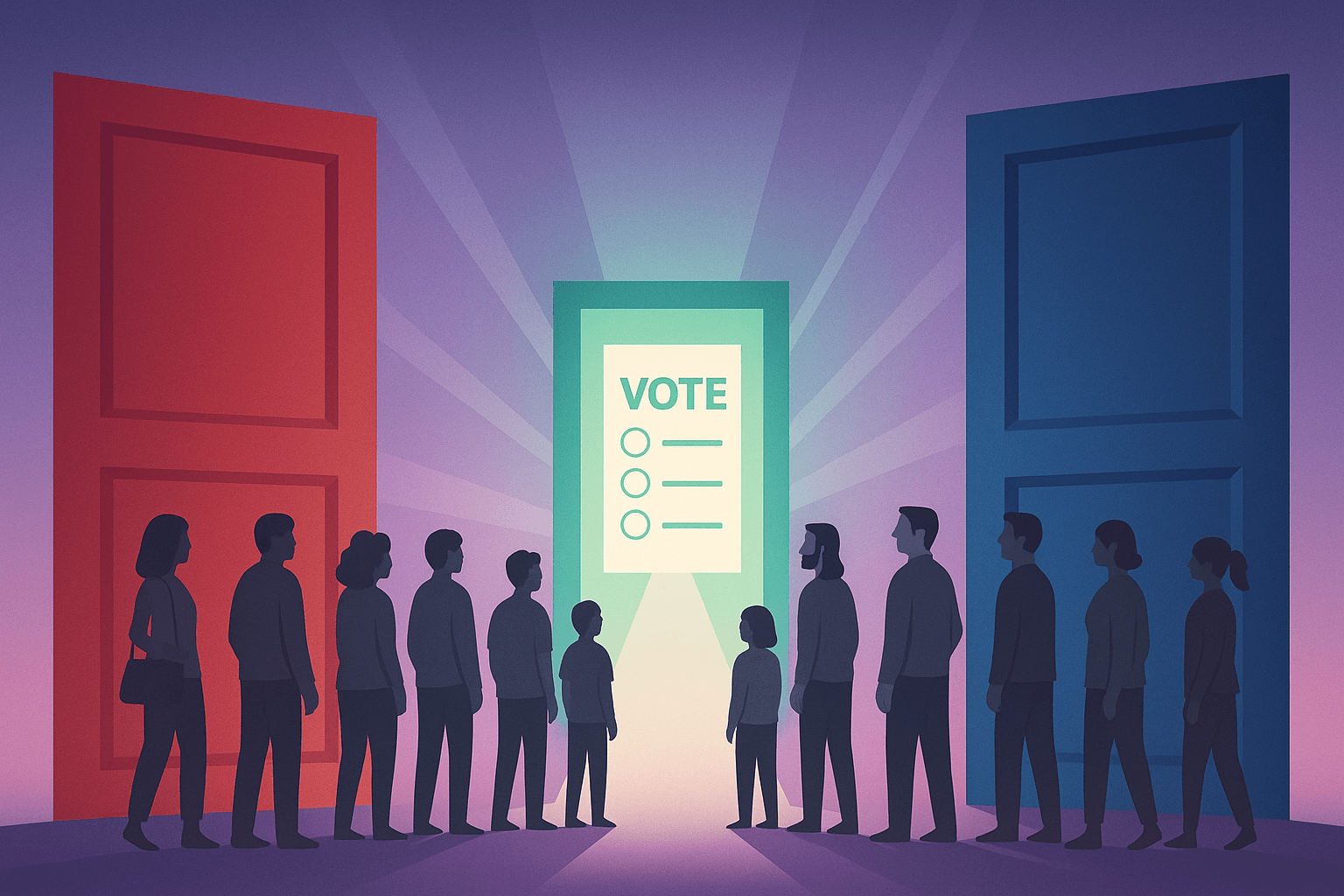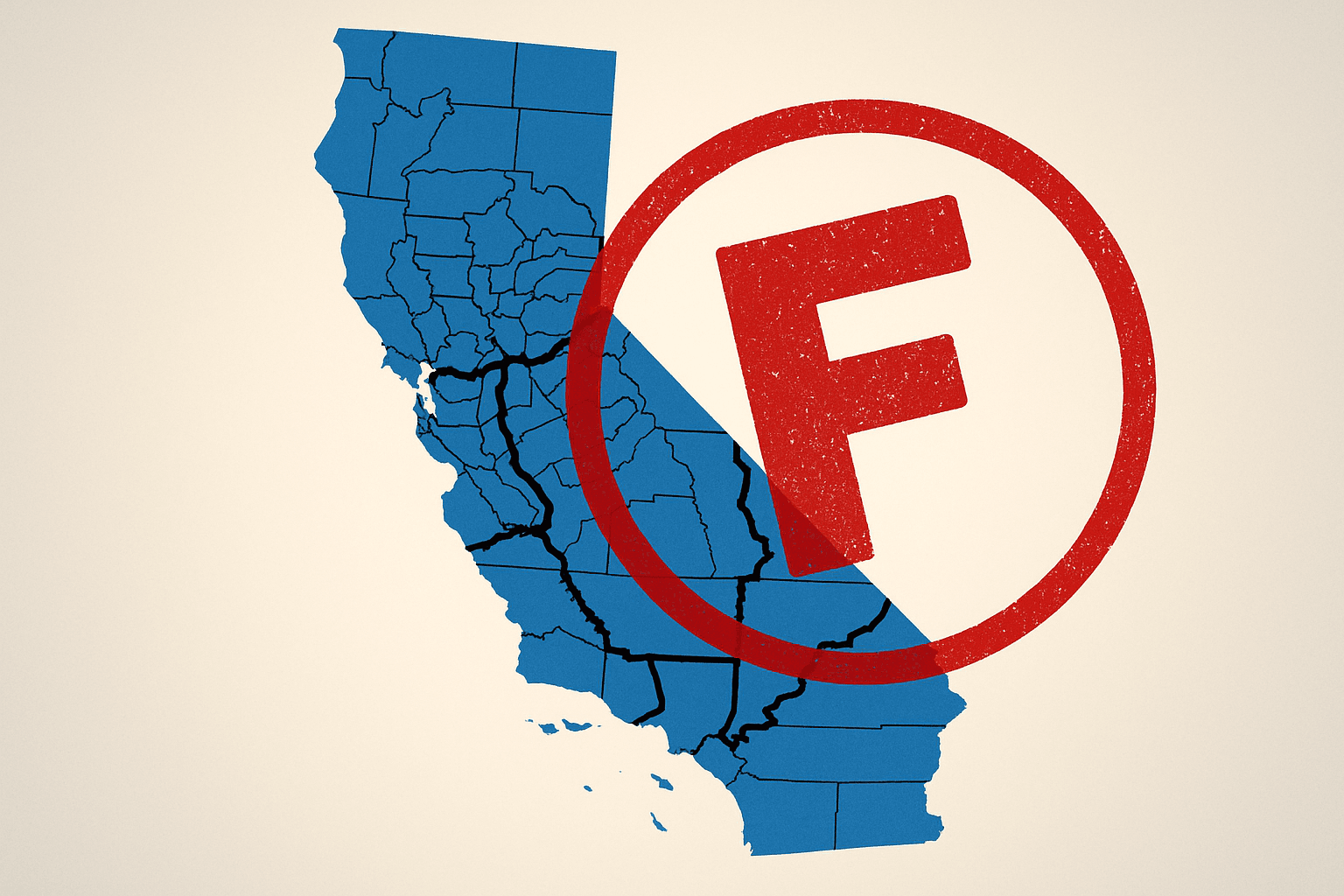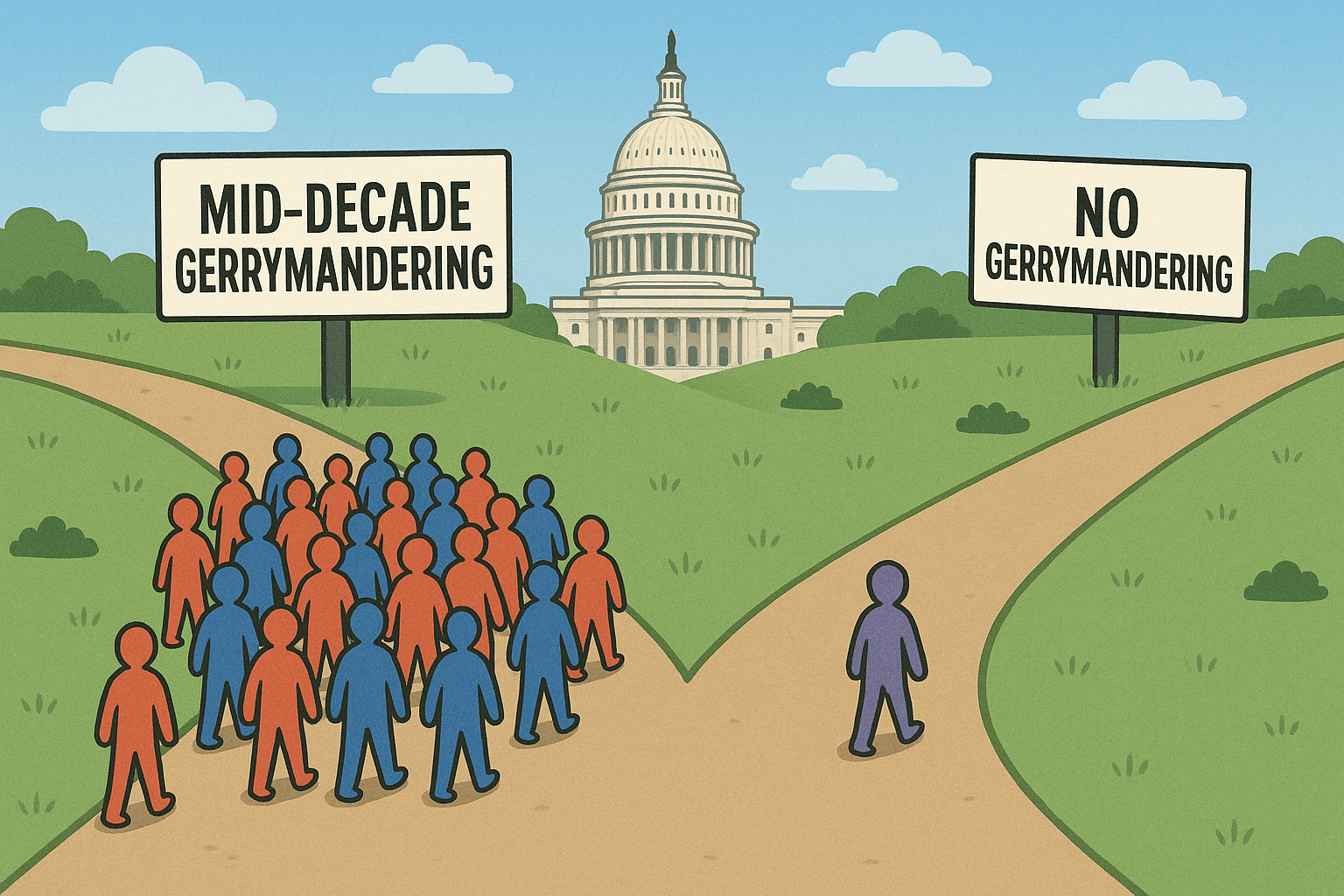Millions of Americans Remain Unrepresented in 'Official' Unemployment Numbers

5.6 percent, the lowest since June 2008. The results for January 2015 will release on Friday, and experts expect the rate to drop even further. The White House, Wall Street, and the media are celebrating what appears to be a near complete labor recovery from the financial crisis and recession of 2008.
But is the unemployment rate a good gauge of the health of the economy? Is it the right statistic to use to determine how many Americans are unemployed? An evaluation of research methods, as well as the external validity of findings, suggest otherwise.
The first step to understanding the unemployment rate is to understand how it is calculated. The Department of Labor has put together a Current Population Survey every month since 1940, contacting roughly 110,000 individuals in 60,000 households sampled from a variety of demographics and geographical locations -- covering age, sex, race, marital status, education, and more.
If a subject works full-time, part-time, or is self-employed, they are considered employed. If a subject does not have a job, but has been seeking one for the past four weeks, they are considered unemployed. If they do not have a job and are not looking for one, they are considered to be outside the labor force.
The rate is then calculated by taking the number of people who are actively looking for work and dividing that figure by the number of people who have jobs plus those who are actively looking (i.e. the labor force). For example, a survey of 110,000 respondents could yield the following results:
- 85,000 have jobs, either working for an employer or running their own business.
- 5,000 are reported to be looking for work.
- 20,000 are not included in the labor force, for a variety of reasons: they may be going back to school, may be disabled and unable to work, or have simply given up looking for work in a difficult economy.
By dividing 5,000 by 90,000, the unemployment rate would come out to about 5.6 percent, and the government would be celebrating a decisive victory in workforce development.
Does that sound like a good indicator of employment to you?
To start, while 110,000 people is a significant sample size, there is no way of telling whether or not it is truly reflective of the remaining hundreds of millions of people who live in the United States. To do so would cost too much money, take too much time to get correct information, and annoy citizens with monthly visits from the government asking personal questions.
This sampling comes with a degree of error, with the federal government being 90 percent confident that the monthly estimate is within 300,000 of the exact figure.
Next comes the content of the survey, particularly the questions asked. Oddly enough, the survey does not directly ask subjects if they are employed. Instead, it asks 11 questions about how the individual spent their previous day and week. While surveyors claim that the wording of the questions allows for more honest answers, it also results in the survey leaving many unemployed people uncounted.
For example:
- If you are unemployed and have stopped looking for work over the past four weeks, you will not be counted as unemployed.
- If you are out of work but mow someone's lawn once a week for $20, you will not be counted as unemployed.
- If you are a recent college graduate who takes on a 10 hour/week internship because that is all that is available, you will not be counted as unemployed.
- If you are self-employed but your business is presently not generating income, you will not be counted as unemployed.
- If you are employed but do not earn a livable income (a.k.a. 'under-employed'), you will not be counted as unemployed.
- If you are a seasonal worker, but have not secured employment afterward, you will not be counted as unemployed.
Put the two elements together and you have an unemployment rate that is far from an accurate measurement of national labor statistics.
Referring to the sample equation above, consider the possibility that, of the 20,000 individuals left out of the labor force, 10,000 fell into one of the categories that fall through the cracks. That would result in an actual unemployment rate of 15 percent, nearly triple the 'official' rate of 5.6 percent. The numbers are hardly encouraging when you look at them that way.
Of course, we must acknowledge the improvements our economy has made since the Great Recession. An 'official' unemployment rate of 5.6 percent is indicative of progress, and shows that America is pulling itself out of economic hardship. But before our nation's leaders start patting themselves on the back, it is important for them to acknowledge the approximately 30 million Americans who are still out of work or severely underemployed and are not celebrating just yet.
Photo Credit: Luna Vandoorne / shutterstock.com



